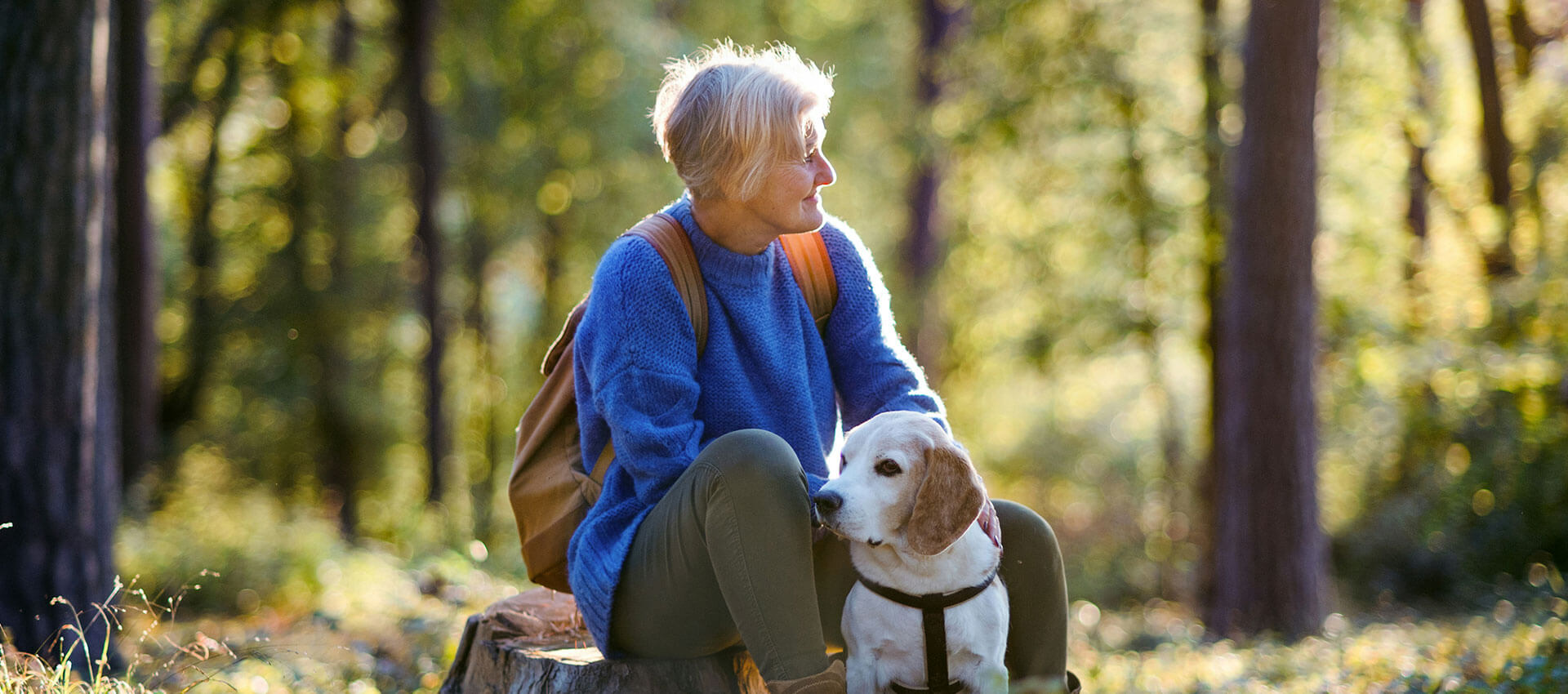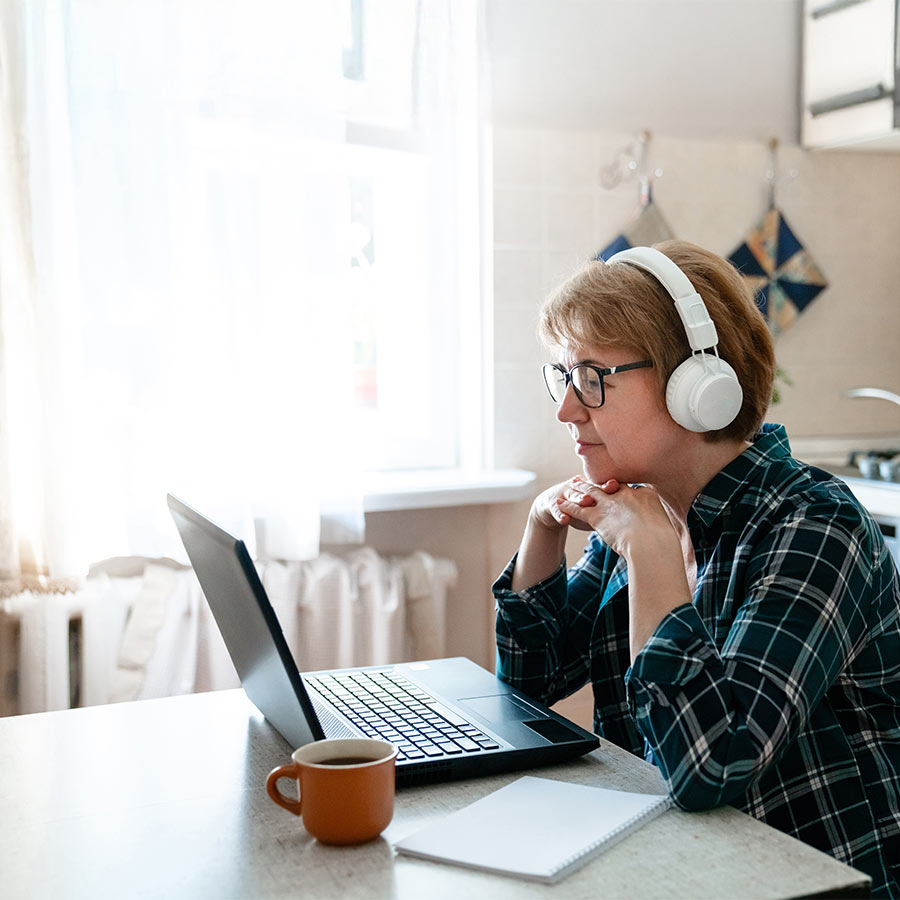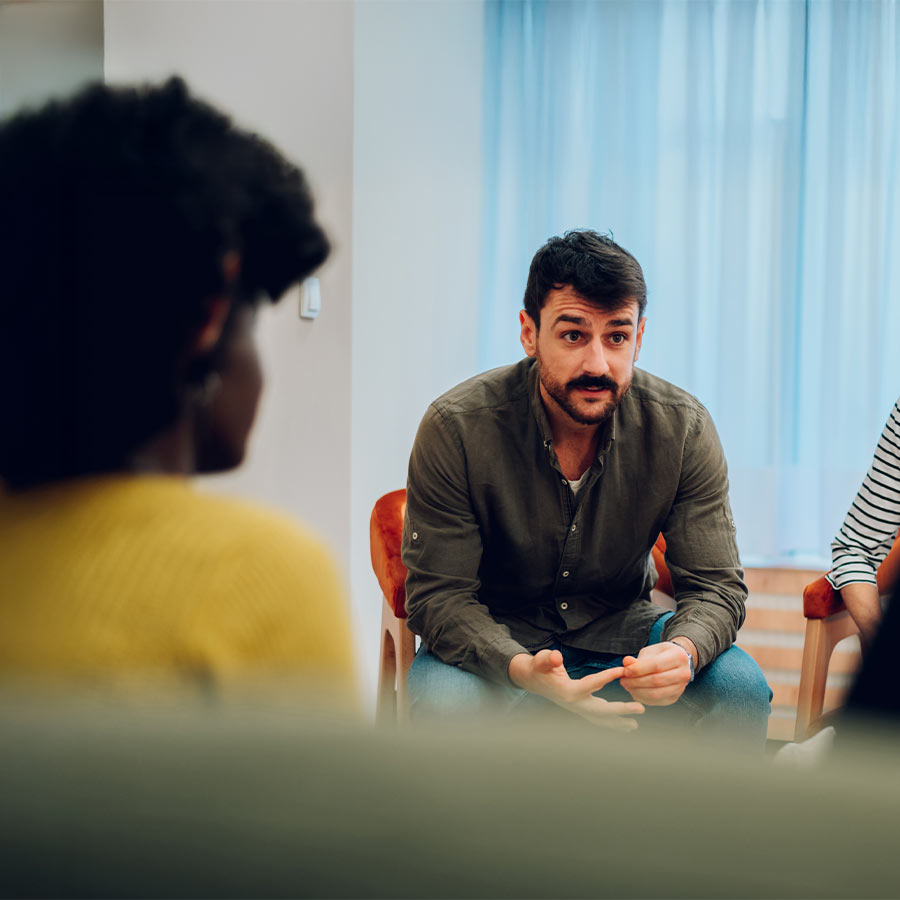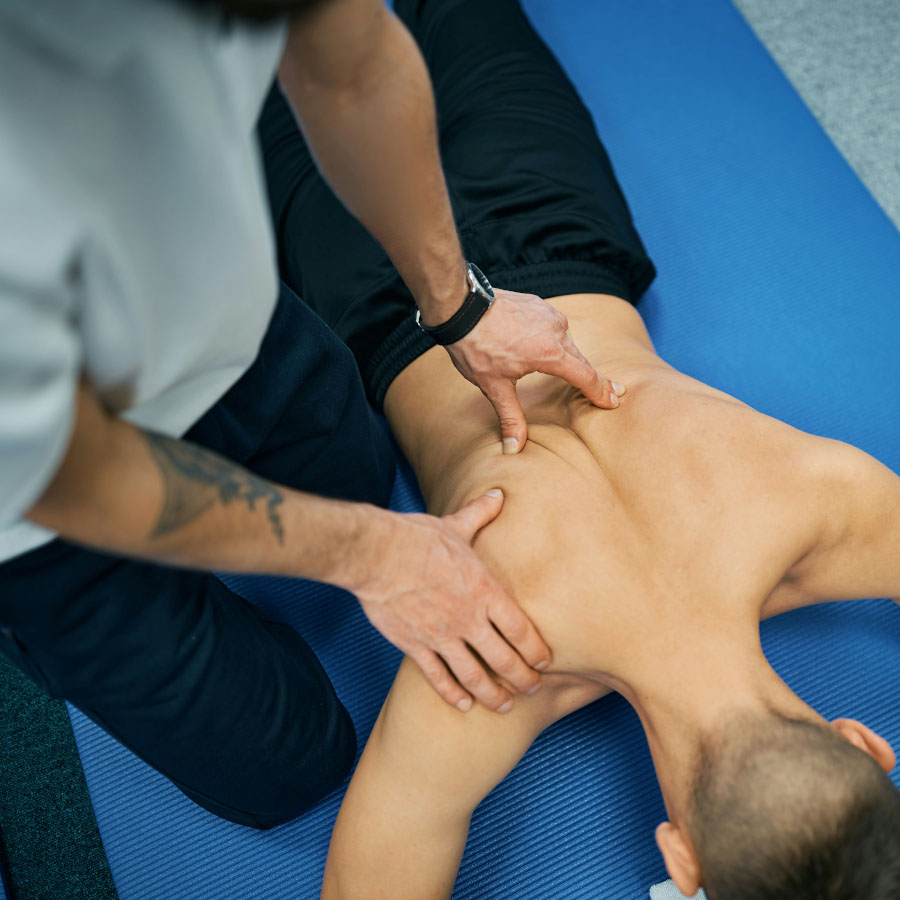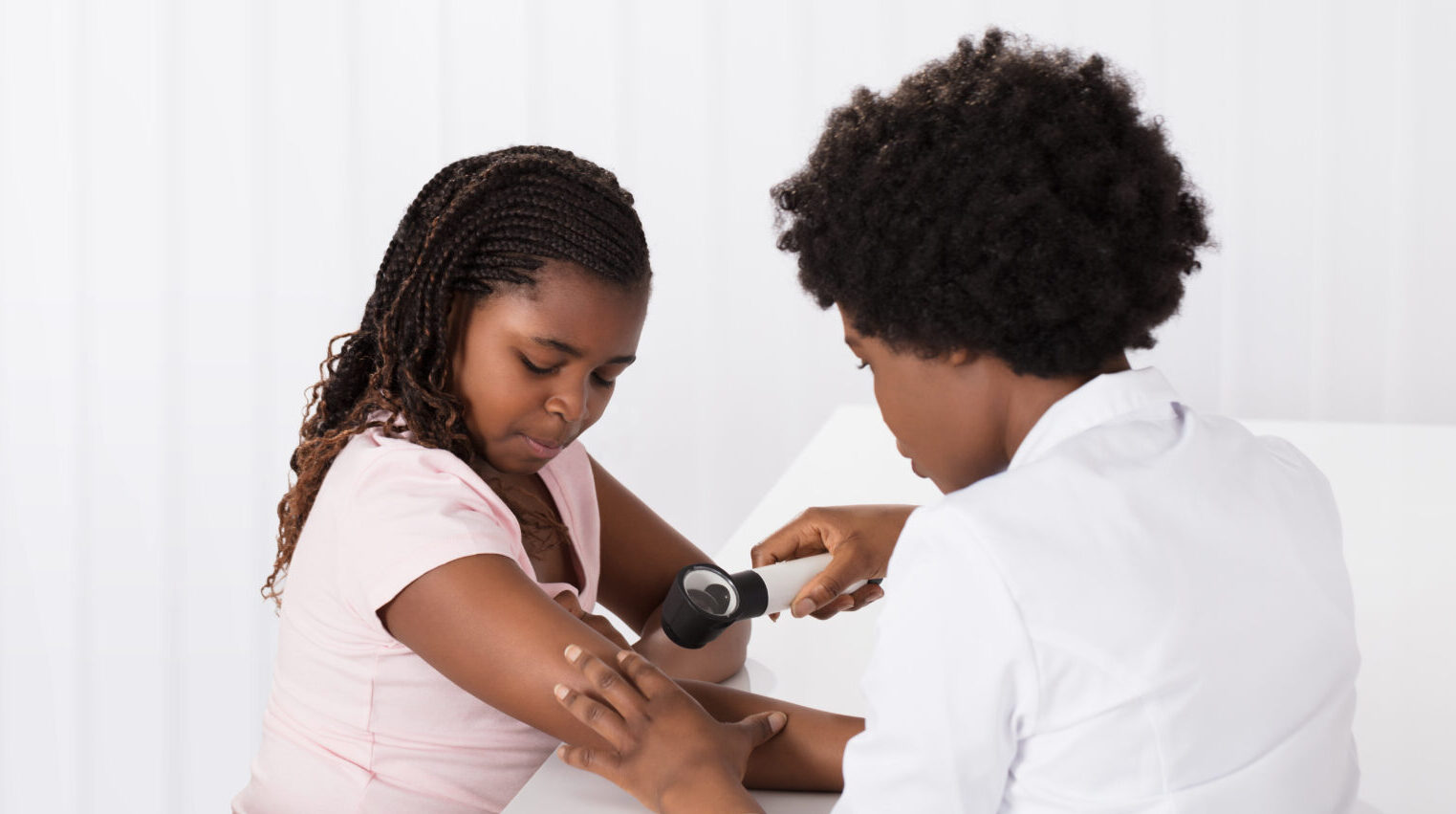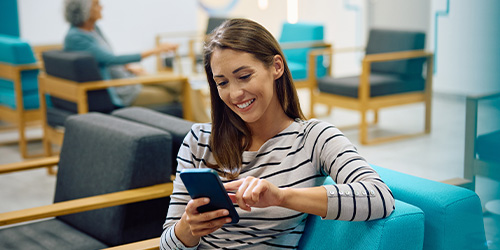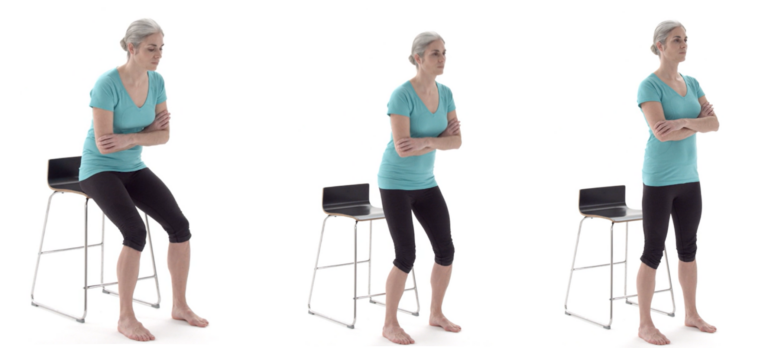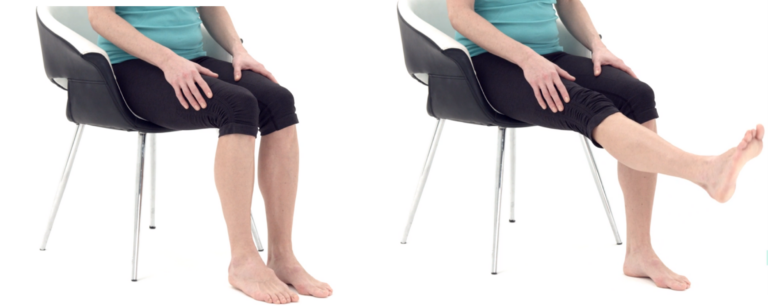The Post-Op Lower Limb Class aims to support patients after non-complex lower limb surgeries with their rehabilitation. It aims to help with recovery post-operatively to get your joint movement, muscle power, flexibility and balance back.
We want to support you to achieve your goals within the expected timeframe following surgery. You have been referred to our service by your consultant who has recommended post-operative rehabilitation as part of your recovery.
What to expect
This is a physical, progressive exercise rehabilitation group. It will consist of up to 8 people, from varying non-complex lower limb surgeries. You will be assessed in your first class by a senior physiotherapist who will follow a post-operative checklist and discuss your protocol as advised by your consultant. You will be monitored and guided through the exercises and with time you will become familiar and more confident. We would like you to attend 4 sessions spread out over 8 weeks and it is important to practice these exercises at home in between sessions and once your treatment has finished.
What will I need?
- Wear loose fitting clothing that is comfortable to move in
- Wear supportive footwear such as trainers
- You may wish to bring a drink
Practice at home
If you have been given a post-operative protocol from the consultant or inpatient physiotherapist, please complete the included exercises daily as described. It is important this is completed each day to make progress with your recovery.
We have included low-level exercises below to assist with your recovery whilst waiting for your class to start and in between classes. Complete them as your joint allows, it may feel tiring but should not significantly exacerbate your pain.
Find your nearest service
Vita Health Group works in partnership with the NHS to provide Musculoskeletal (MSK) services across the UK by a team of experts who are committed to excellence in clinical standards and customer service.
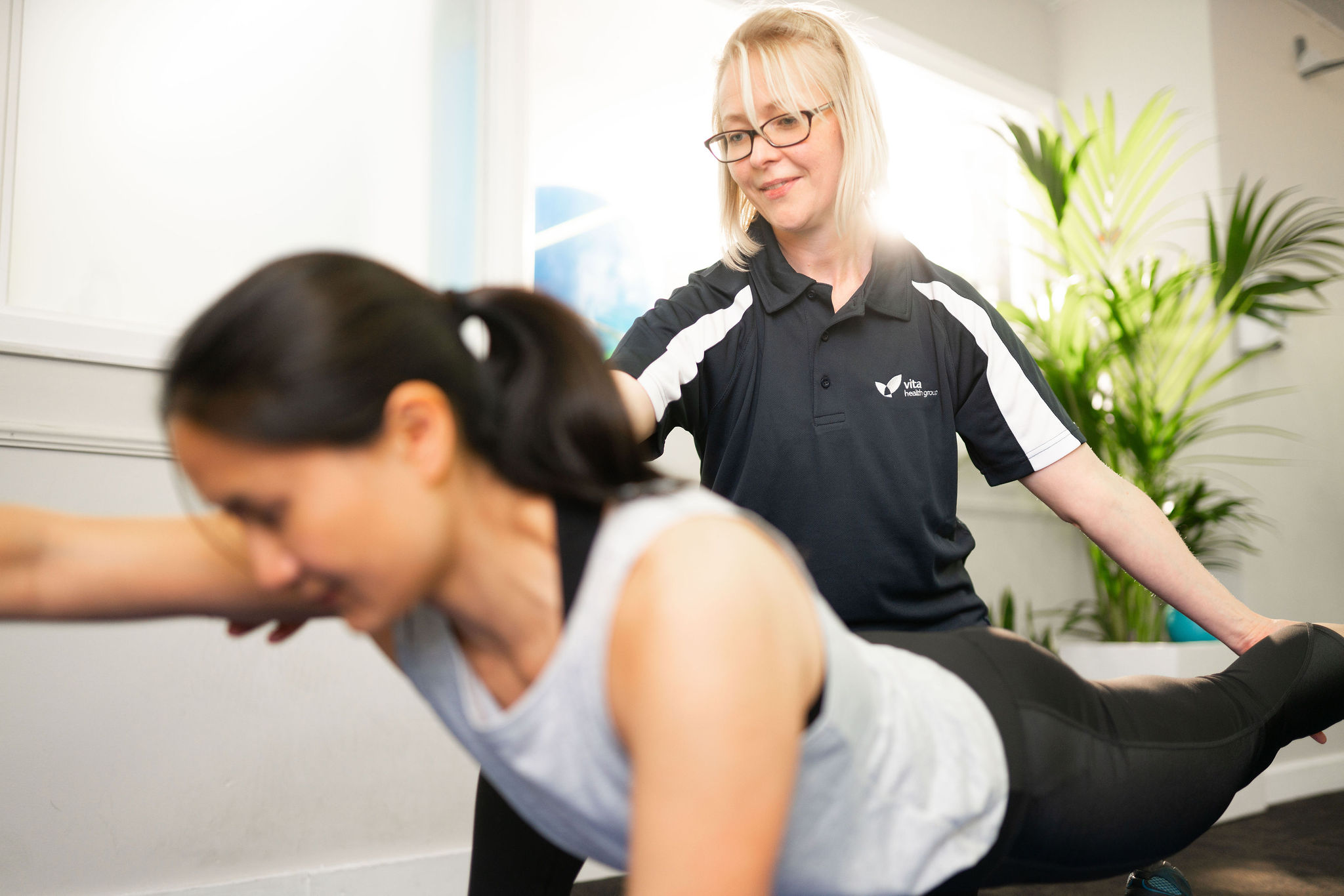
Self help resource
Visit our health hub to access free advice on how to improve and maintain your physical wellbeing.
